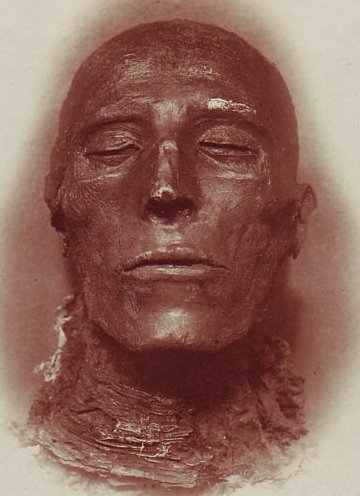
Marvel’s The Tomb of Dracula is beyond question the finest horror comic series ever produced – a fact made all the more amazing when one considers that since the original series ended, none of the many revivals (even those with the original’s classic creative team) have succeeded in bottling lightning a second time. Much of the success of the book is down to the surprisingly literate scripts by Marv Wolfman and the stunning artwork by Gene Colan and inking by Tom Palmer. However, Wolfman did not come aboard until Issue 7 so this first installment in an ongoing series looking at this influential comic will focus on the first six issues of a title undergoing the pangs of development.
Roy Thomas deserves the credit for bringing this series to life. It was Thomas who convinced Stan Lee that the loosening standards of the Comics Code Authority and renewed interest in the occult could make an ongoing horror comic featuring Bram Stoker’s infamous vampire count the runaway success of 1972. The Comics Code Authority came into being in the 1950s as a reaction against crime and horror comics as a result of the rather disturbed fantasies of Dr. Frederic Wertham. His 1954 study, Seduction of the Innocent imagined underage sex between Batman and Robin and convinced countless parents that juvenile delinquency was as much to blame on comic books as it was Rock ‘n’ Roll. The fact that Wertham’s book revealed more about himself than the actual content of comic books was lost on parents, whether over-protective or neglectful, who were quick to latch onto an excuse for why the post-war nuclear family was struggling. The result was the neutering of comic books for nearly twenty years and a ban on crime and horror as entertainment suitable for children.
Prior to The Tomb of Dracula, most comics companies would have turned the character into a misunderstood superhero. Marvel already had one of those with Morbius, the Living Vampire, but The Tomb of Dracula was determined to prove as revolutionary to Marvel as Roy Thomas and Barry Windsor-Smith’s adaptation of Robert E. Howard’s Conan the Barbarian. Both titles were far more adult and, at the outset anyway, far removed from Marvel’s established continuity. They were gambles that paid off in an era when Marvel deserved to call itself The House of Ideas.
TO CONTINUE READING THIS ARTICLE, PLEASE VISIT HERE.


.jpg)
No comments:
Post a Comment